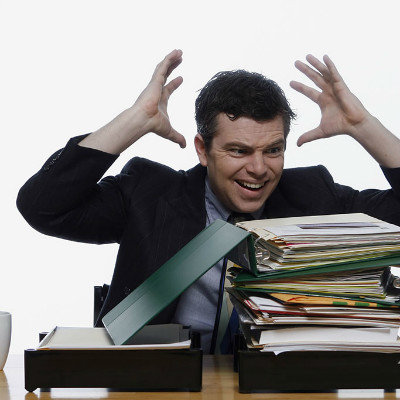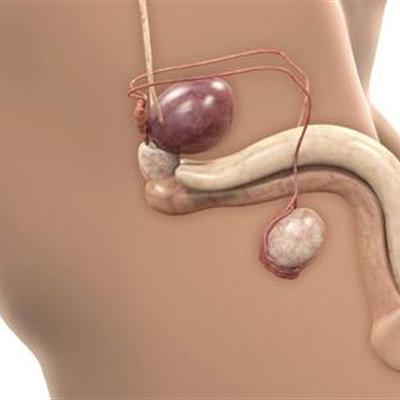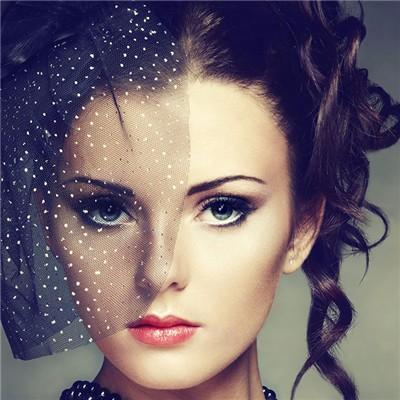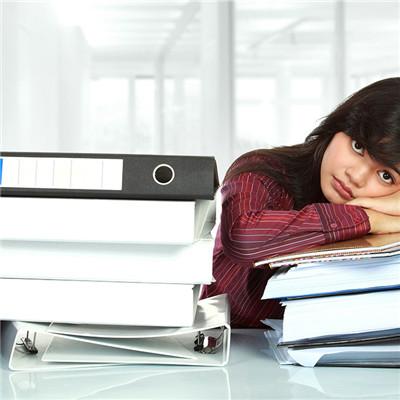What examination does facial paralysis need to do
summary
Facial paralysis is a relatively common facial nervous system disease, facial paralysis will not only bring great inconvenience to the patient's body and life, but also have a direct impact on the patient's family economy, so when the diagnosis of facial paralysis patients to do what examination, please follow me to understand.
What examination does facial paralysis need to do
First: static examination of the stylomastoid process: check whether the stylomastoid process is painful or whether one side of the temporal and facial pain. Forehead: check whether the wrinkles of forehead skin are the same, shallow or disappear, and whether the outside of eyebrows is symmetrical and drooping. Eye: check the size of the eye fissure, whether the two sides are symmetrical, smaller or larger, whether the upper eyelid droops, whether the lower eyelid is everted, whether the eyelid twitches and swells, whether the conjunctiva is congested and ulcerated, and whether there are symptoms of tears, dryness, acid and swelling. Ear: check for tinnitus, ear tightness and hearing loss. Cheek: check whether the nasolabial groove is shallow, disappeared or deepened. Whether the cheek is symmetrical, flat, thickened or twitching. Whether the face feels tight, stiff, numb or atrophic. Mouth: check whether the mouth angle is symmetrical, drooping, lifting or twitching; whether the lips are swollen and whether the person is inclined. Tongue: check for taste involvement.

Second: exercise check eyebrow raising exercise: check the motor function of fronto occipital muscle and fronto abdomen. Severe patients with flat forehead, wrinkles generally disappear or significantly shallow, brow lateral droop significantly. Frown: check whether the frown muscle can move and whether the movement range of both eyebrows is consistent. Eye closure: when closing eyes, attention should be paid to the movement of the affected side's mouth angle, whether the affected side can be closed tightly, and the degree of closure. Nose shrugging: observe whether there are wrinkles in the nose pressing muscle and whether the movement amplitude of the upper lips on both sides is the same. Tooth indication: observe the movement range of mouth angle on both sides, whether the mouth crack is deformed, and the number and height of upper and lower teeth exposed. Nuzui: observe whether the distance from both sides of the mouth to the middle of the person is the same, and whether the shape of nuzui is symmetrical. Tympanostril: mainly check the motor function of orbicularis oris muscle.
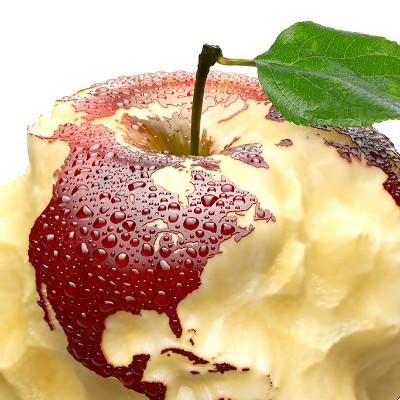
Third: when patients with facial paralysis eat, food residue often stays in the buccal space of the diseased side, and saliva often drips down from that side. As the lacrimal point with the lower eyelid entropion, so that tears can not be normal drainage and overflow.

matters needing attention
1. Eat more fresh vegetables, coarse grains, soybean products, jujube, lean meat, etc. 2. Usually, patients with facial paralysis need to reduce light source stimulation, such as computer, TV, UV, etc. 3. Need to do more functional exercise, such as: lift eyebrows, drum gas, eyes closed, open mouth, etc. 4. Daily need to adhere to acupoint massage. 5. Soak your feet in hot water before you go to bed. If possible, do some foot massage. 6. Appropriate exercise, strengthen physical exercise, often listen to light music, calm and happy mood, ensure adequate sleep.


